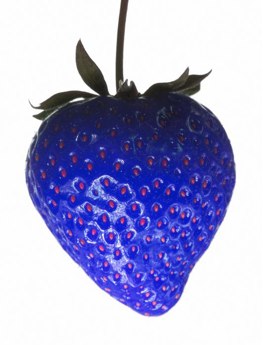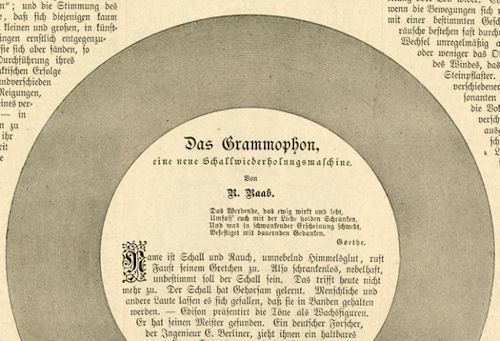You See Red, I See Blue: New Study Says Color Perception Not Set, Can Be Changed
Monday, July 2nd, 2012
Our perception of the world around us could be very different than the person next to you.
In extreme cases it could mean the luscious red strawberry could look like a bulbous blueberry to someone else. Even more mind altering, results of new experiments with monkeys suggest that these receptors can be altered, allowing us to see colors we have never seen before and possibly helping reverse blindness.
In work published in the scientific journal ‘Nature’, colour vision scientist Jay Neitz from the University of Washington injected a virus into monkeys’ eyes which enabled them to see red as well as green and yellow.
Remarkably the group of squirrel monkeys were able to make sense of the new information despite their brains not being genetically programmed to respond to red signals.
The result was that just four months later the monkeys could see in full colour for the first time.
As well as allowing colour-blind humans to tell red from green, the innovative technique could restore sight to the blind.
Could color blindness really be a thing of the past? Does it make you wonder how different the world looks outside of your own head? How freaked out are those monkeys right now? Is this basically Pleasantville for them?
